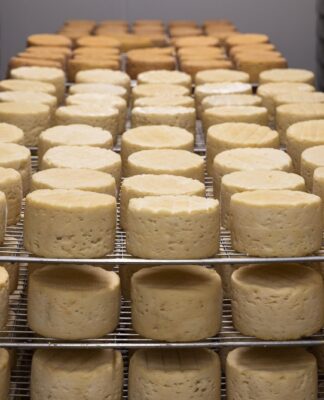Ever watched a scene in a film and wondered: how the hell did they create such realistic-looking VFX scenes? Well, one word. Composting. But if you’ve been tinkering with Nuke, you already know that. What you should now learn is how to combine different elements to composite such incredible shots.
Here are 8 essential VFX Nuke compositing techniques that will help you make your FX scenes appear more natural.
8 Essential Nuke Compositing Techniques
- Tracking
Tracking is one of the vital steps in the composting process and has three different methods:
- 2D Tracking
- 2.5D Tracking
- 3D Tracking.
In 2D tracking, the camera is moving but there is not much parallaxing. 2.5D tracking is ideal for screen replacement and monitor burn-ins using tools like planer trackers or corner pin trackers. To make your tracks look more realistic, make sure you match motion blur to your scene.
- Levels
Levels help in blending colour, saturation, and luminance to make the entire scene appear cohesive. With colour tone, you can match all your RGB levels in mids, darks, and highlights. Similarly, with luminance, you can balance the black and white levels of your assets to match the overall contrast. While adjusting the saturation, don’t forget spot saturation to make sure it matches the scene.
- Grain
You must analyse and mirror the grain pattern in your camera to produce convincing-looking scenes. Evaluate the intensity, luminance curves, size, sharpness & softness, and irregularity & shape of the grain to match it in your scene.
- Edge Detail
If you’re familiar with the built-in tools in After Effects or Premiere, then you would know that getting the edges right is a pivotal component of keying. You can use these steps for detailing edges –
- Extract the edges to match the original footage.
- Adjust the colour of the edge to fit the new background.
- Change the position and softness of the edge to fit naturally within the new background.
- Focus
To match the focus, you should adjust the Focus Amount and Bokeh Shape. Focus Amount helps you match the sharpness or softness of a certain area in your scene. With Bokeh Shape, you can control the look and feel of elements in the scene that are out of focus.
- Lens FX
While compositing, you must focus on lens FX like Chromatic Aberration, lens distortions, glows, lens flares, light wrap, lens grime, vignette, etc. You must balance these elements so they appear to match naturally with each other.
- Perspective
While compositing a scene, you must consider two major perspective characteristics –
- Lens Compression- The way your background curves with respect to the foreground
- Horizon Line- Where the skyline is in your scene
Your camera focal length, position, and sensor size will determine both these perspectives.
- Lighting
The last compositing technique is to match the three essential components of lighting – light direction, light quality, and light intensity. Balancing the lighting in your scene helps you avoid shadows or uneven lighting.
Master Nuke Compositing
Whether it’s a commercial or a TV show, compositors are in high demand for integrating VFX shots. And with leading learning platforms like Pearl EDGE, you can easily learn to composite realistic VFX scenes using Nuke and advance in your career.















